As published in the Daily Caller
Thursday’s 80th anniversary of D-Day likely marked the final major ceremony to be attended by survivors of the Juno, Omaha, Gold, Utah, and Sword beach landings. Precious few veterans of history’s largest amphibious invasion will be present for the 90th. As they leave us, we lose the knowledge of the last Americans to experience firsthand what it took to win a war between global powers.
It took guts to invade Hitler’s Fortress Europe. At Normandy, Allied boys found a toehold in Hitler’s Atlantic Wall, 40 million tons of concrete stretching 3,200 miles. Manned by 300,000 soldiers and bristling with 15,000 bunkers, the Atlantikwall remains among the largest construction project ever undertaken by mankind. (RELATED: MORGAN MURPHY: The Left Have Stuck Their Claws Into The Military — But House GOP Is Fighting Back)
That toehold soon enabled men and matériel to flow into France. The United States and the nations of the British Commonwealth flooded the newly-captured beaches with all the industrial might that capitalism and democracy could produce. By June 30th, 1944, the Allies landed 148,803 vehicles, 570,505 tons of supplies, and 850,279 men in Normandy.
I had the honor of befriending one of those men: an Army tech sergeant who had been there. Like thousands of other G.I.s, Alfred Valenti entered Europe through Utah beach. The young G.I. from Bairdford, Pa., maintained Jeeps and half-ton trucks for Gen. Dwight D. Eisenhower’s Army, as it massed supplies to liberate Paris and fight into the heart of Germany. “Fred,” as I called him, remembered nearly every detail of his time with the Army, from the hedgerow where he found an abandoned German Luger pistol to the thrill of receiving among the very first Ike jackets popularized by Eisenhower himself.

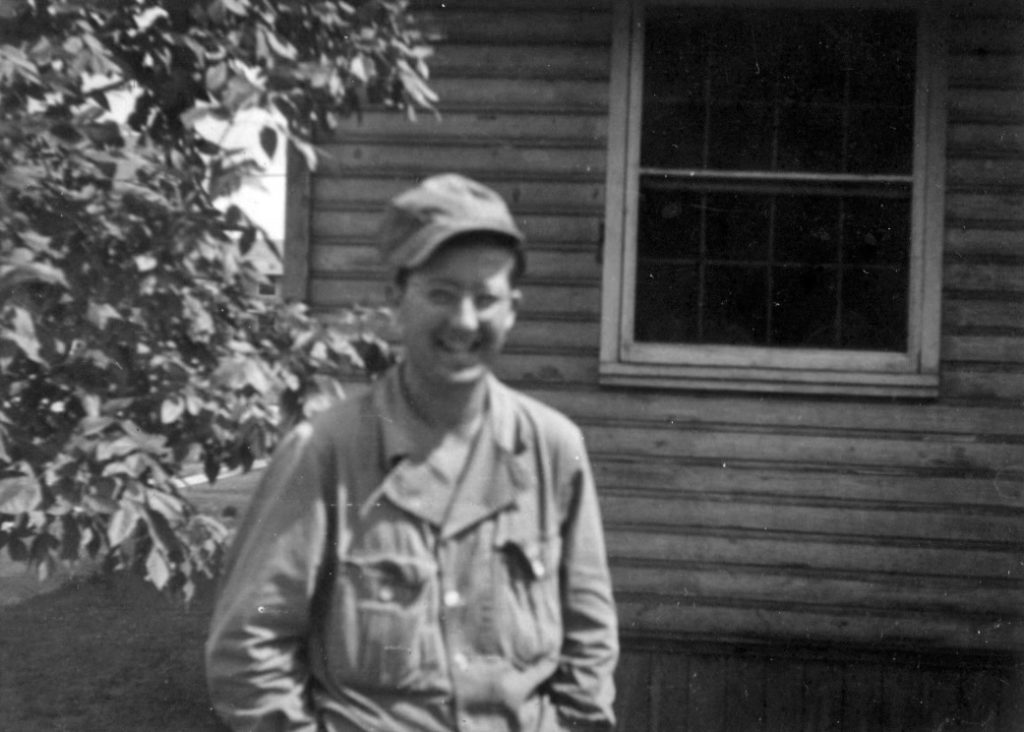
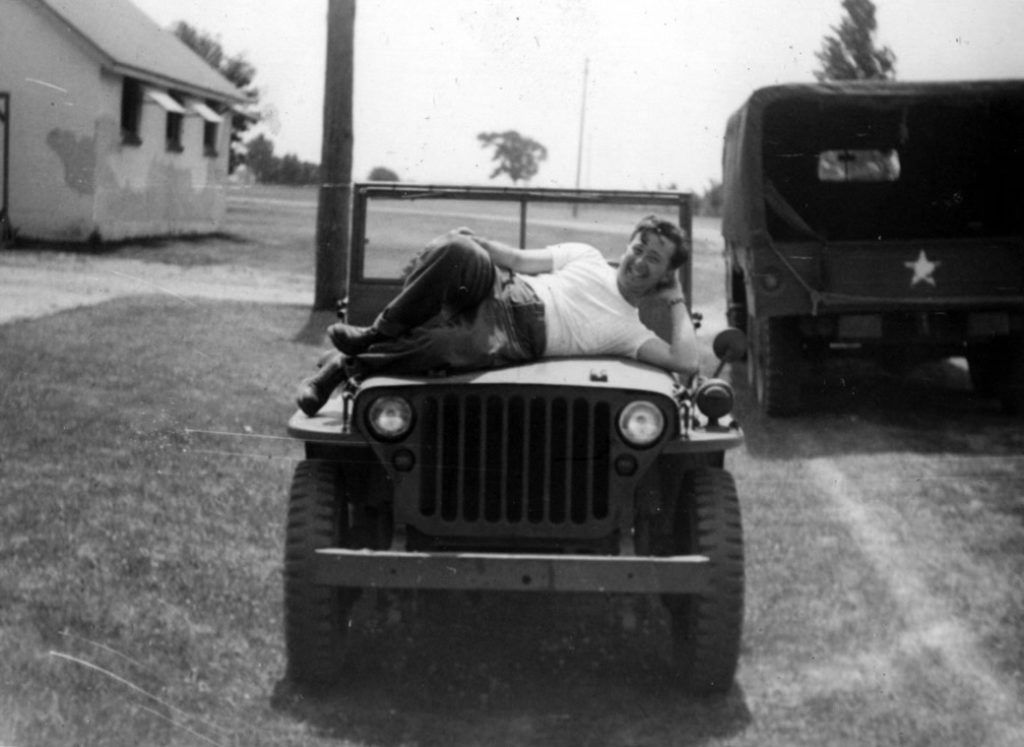
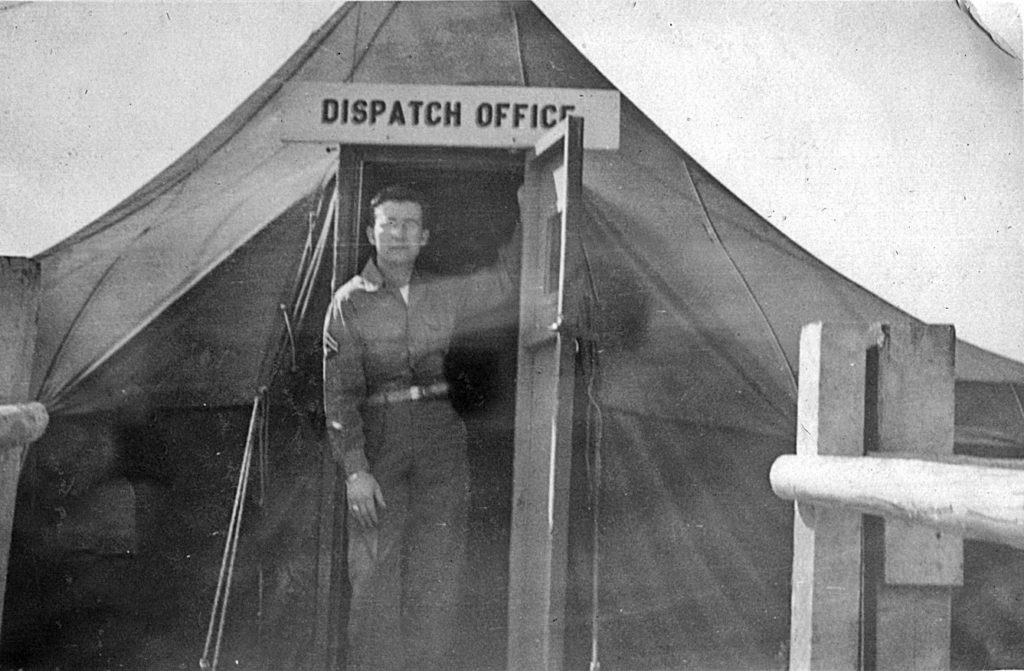
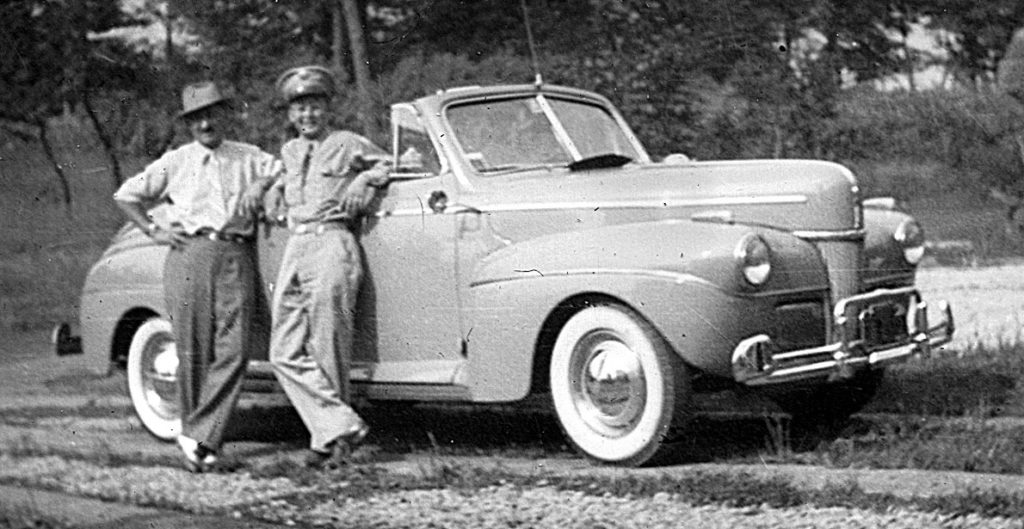
Though a half-century divided us, we swapped stories of our very different wars like old friends. We laughed how some Army traditions never die, like cream-chipped beef on toast (or as the G.I.’s called it, “S.O.S.”—s**t on a shingle). Like many of his generation, Fred drove American cars and bought American-made products as a matter of pride and principal. I admired his fierce, simple patriotism—a love of country earned by hard experience.
On his 95th birthday in 2016, Fred surprised me with the gift of a German P38 pistol he had found in the Atlantic Wall in 1944. He’d spotted it wrapped in newspaper, still perfectly preserved in its leather holster. The weapon’s original owner and his nation are long gone. But with its eerie Wehrmacht stampings, the gun carries a stark warning.
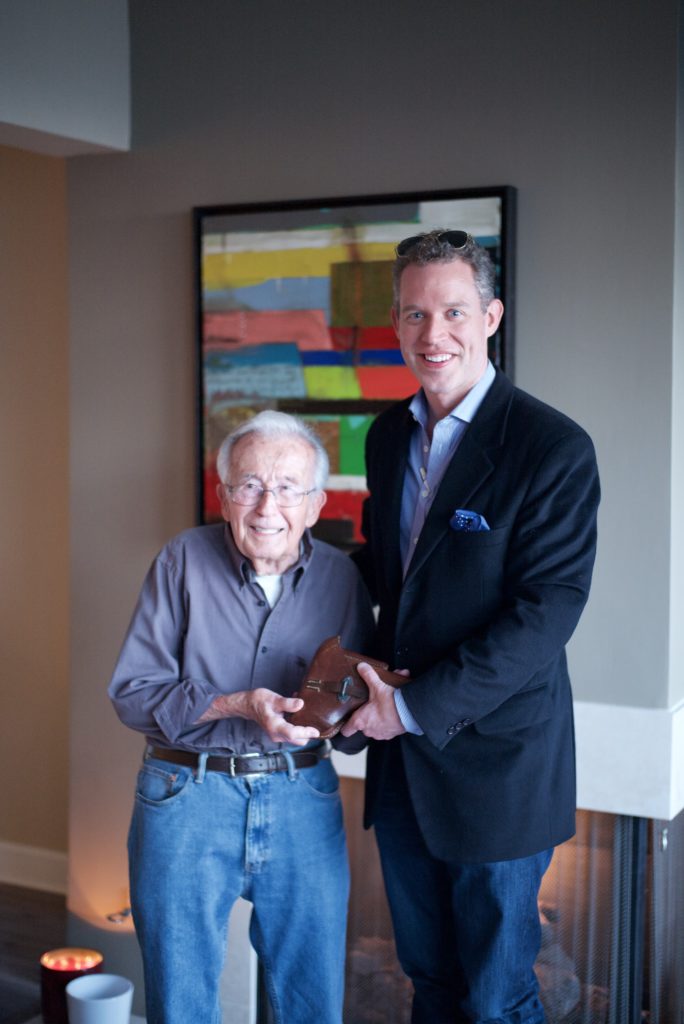
The Walther P38 is an engineering and manufacturing marvel. Eighty years later, it still fires with more accuracy and ease than the brand-new 9 mm service weapon I carried in Afghanistan. Curious, I looked up the weapon’s serial numbers and traced its date of manufacture to April 1944, which only becomes remarkable when one considers the state of the German war machine. Germany was routinely being pulverized by bombing raids of more than 1,000 Allied bombers. Two-thirds of the German army had met its doom in Russia while the Allies tore through North Africa to punch at the Axis underbelly in Italy.
In a word, Germany was losing, and losing badly. Yet the gun Fred found bore the carefully-stamped initials of the factory inspectors who made sure it met the Reich’s standards.
Why inspect the gun at all? Why worry with extra polishing and honing? Just get the damned thing out the door, one might have advised.

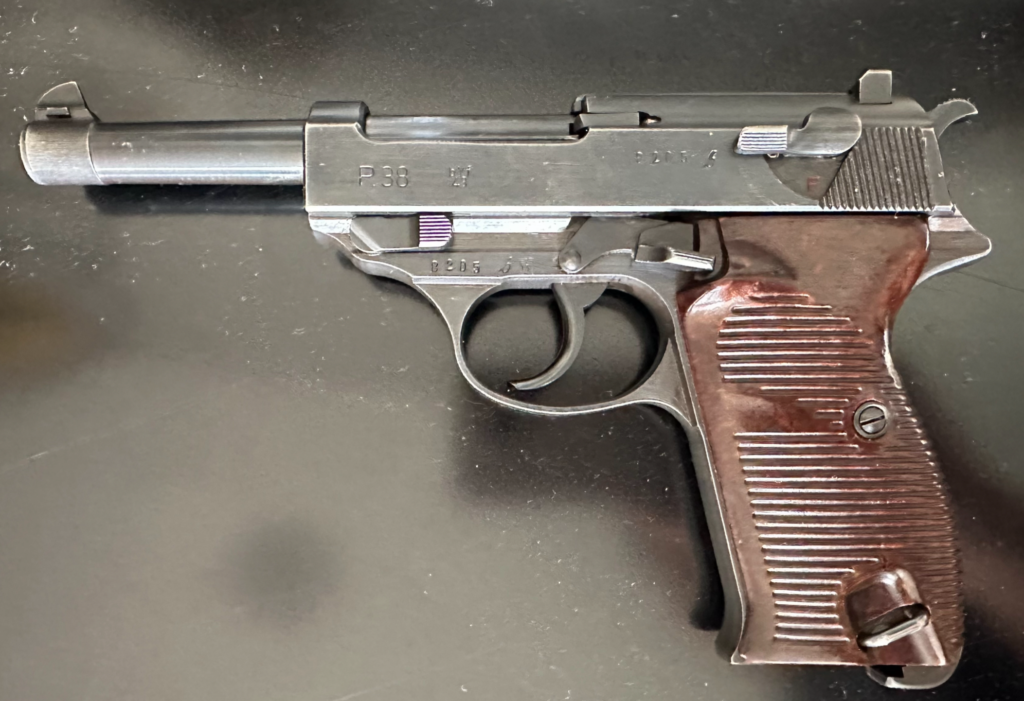
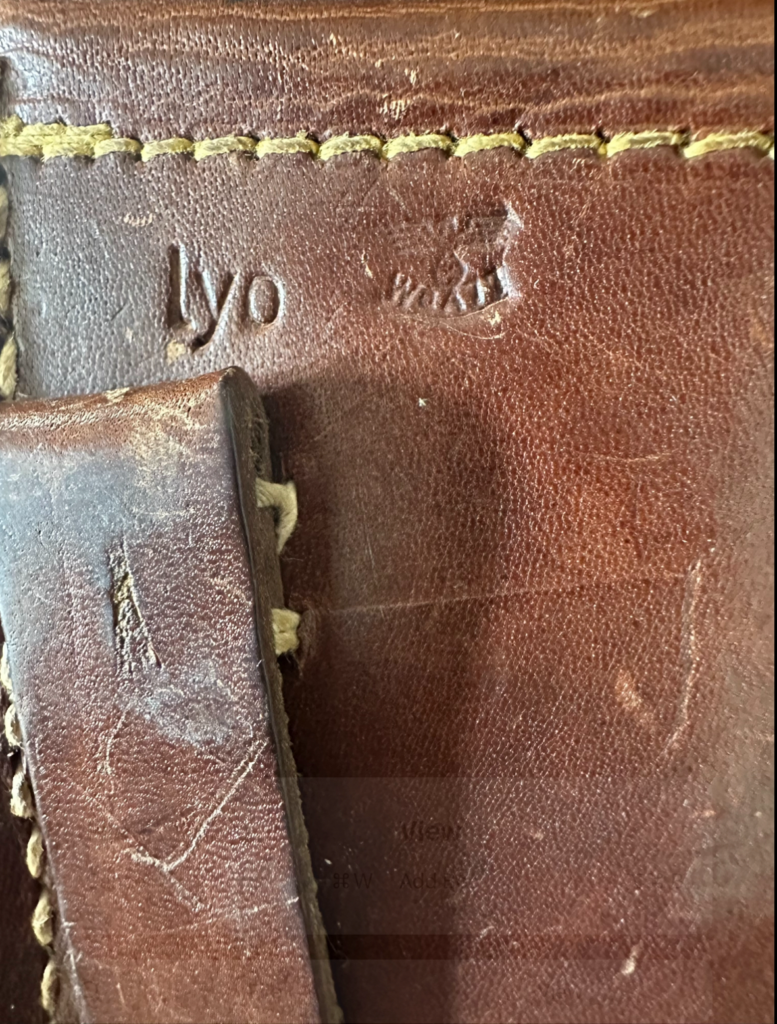

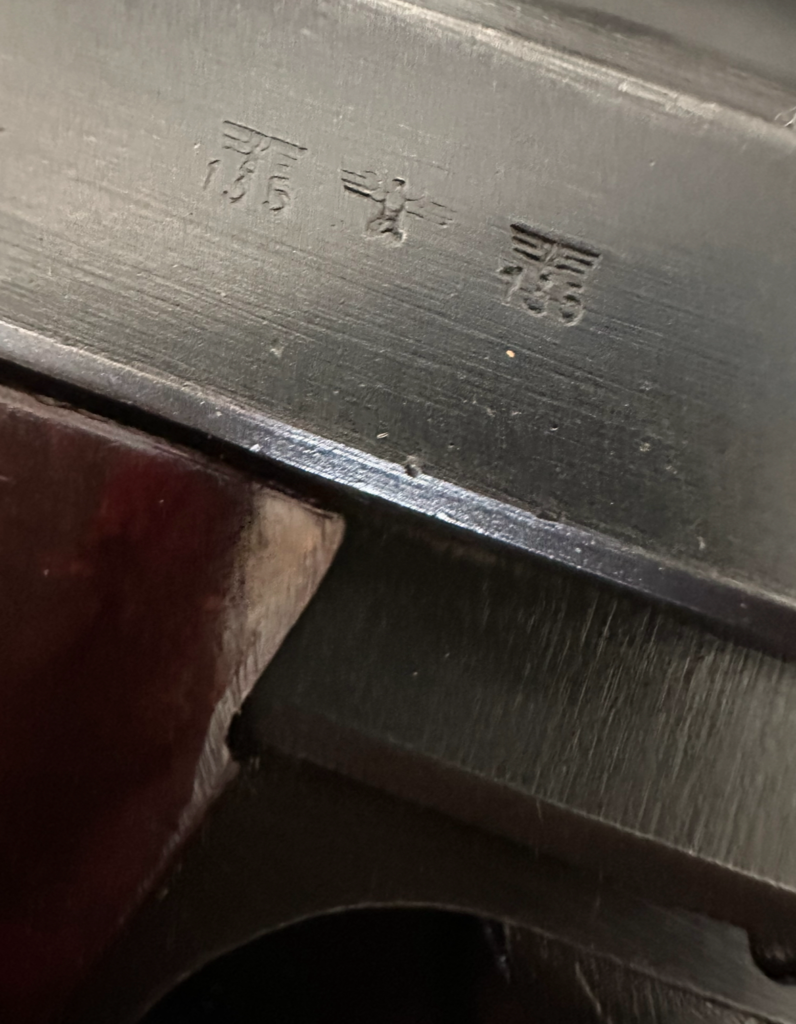
That wasn’t the German way. The pistol’s precision and technology exemplifies Germany’s strategy for defeating the Allies. The Nazis pioneered jet aircraft, ballistic missiles and the forerunner of the stealth bomber. In 1945, Germany surrendered a new fleet of submarinesso advanced and lethal that we are still using the principles they pioneered on our subs today. (RELATED: MORGAN MURPHY: This Memorial Day Remember The Ongoing Sacrifices Of Our Military And Their Families)
Yet despite Germany’s precision manufacturing and advanced weapons research, brute force and superior numbers left the Reich a smoldering heap. Just 77 days after D-Day, the Allies would crush Germany’s armies using a seemingly endless supply of tanks, trucks, fuel, bulldozers, and guns, food, ammo, and men. American factories churned out 300,000 aircraft. Britain produced 132,500. Germany produced just 86,000 warbirds, and a mere 1,400 were jet-powered. America’s Sherman tank, while tiny compared to Germany’s fearsome Tiger I, was made in staggering numbers—49,000 Shermans to 492 Tigers.
Just as it did eighty years ago, mass still matters in modern warfare. It matters on the plains of Ukraine, where Russia’s 5x-bigger population and greater manufacturing prowess will likely overwhelm western wonder-weapons. It matters when deterring a nation of 1.4 billion from reabsorbing an island 100 miles off the Chinese coast with just 24 million inhabitants.
Sadly, with the passing of Fred’s generation, America is forgetting how to win a major war. Every time another U.S. industrial manufacturer offshores its operations, our defenses grow thinner. When confronted with statistics about China’s larger army, its bigger navy, its more numerous air and rocket forces, our admirals and generals usually respond something along the lines of: “American forces have more combat experience and our weapons boast exquisite capabilities.”
That same argument might have very well been made to the Führer in 1939 by his high command.
Fred passed away in 2019, but I doubt the tech sergeant from Pennsylvania would think much of the U.S. relying on a strategy he and his generation so soundly defeated.

